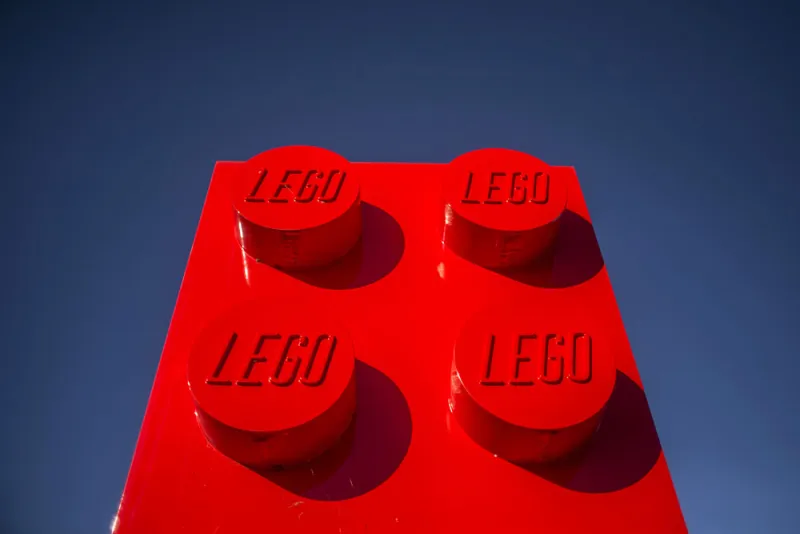Many parents are all too aware that Lego sets are pricey — building Hogwarts Castle costs $399.99, for example. But they could be an attractive alternative investment, new research shows.
A value-weighted index made up of investable Lego sets available between 1966 and 2018 showed a 1.2 percent inflation-adjusted annual return with low volatility and correlations to other asset classes, according to a paper published this month by researchers at the University of Northumbria.
A body of research on the performance and diversification properties of collectibles like fine art, books, wine, whiskey, stamps, diamonds, and even violins has emerged. In fact, the Northumbria paper is the second study published on Legos as an asset class in as many years. In April 2018, Russian researchers at the National Research University Higher School of Economics in Moscow published a paper that showed even better gains for the toy blocks: 8 percent average real returns per year.
What makes this more recent study different than the first is its large sample size, the authors noted.
Researchers Nikita Shimkus, Satish Sharma, Savva Shanaev, and Binam Ghimire used a pricing website called Brick Picker to compile a dataset of 10,588 Lego sets and 90,000 transactions across 95 countries between September 2018 and March 2019. This sample was four times larger than the one used in the first study.
After Lego investors paid fees of 9.15 percent plus a $25 monthly subscription fee to participate in the secondary market, they were, on average, able to make an annual real return of 6.36 percent, the study found.
As an investment, Lego sets had less than 1 percent annual volatility, with “returns virtually uncorrelated with major benchmarks,” the research showed. The toys’ Sharpe ratio — a risk/return indicator — was superior to the S&P 500’s.
Lego transactions on the secondary market totaled $7.5 million during the six-month period the researchers studied. The most active country in trading during that time period was the United States, which accounted for a total of 27.5 percent of transactions. Germany, the Netherlands, Canada, and the United Kingdom were also home to active investors, the research showed.
Construction-themed sets were among the best returners, with value-weighted returns of 7.7 percent.
“Overall, Lego sets are an emerging asset class with attractive returns, substantial defensive properties, and significant diversification benefits,” the study said. “Collectible-savvy investors can ultimately consider including Lego into their portfolios to enjoy a substantial improvement in Sharpe ratios.”







